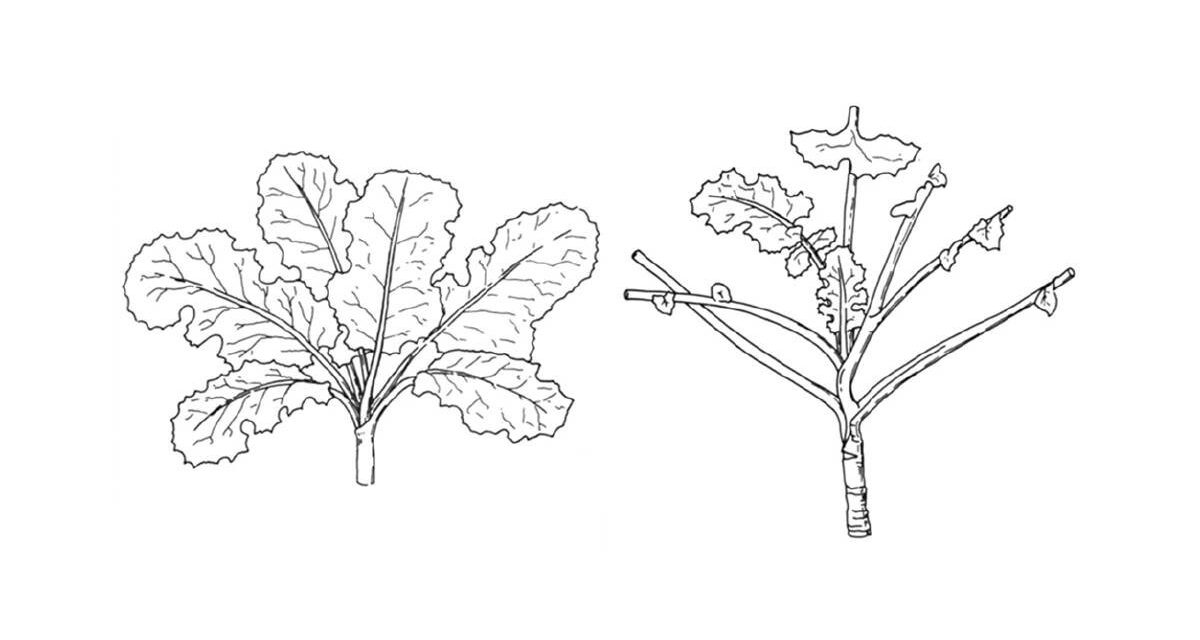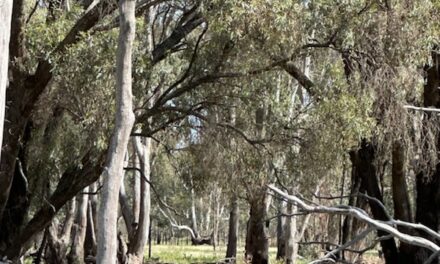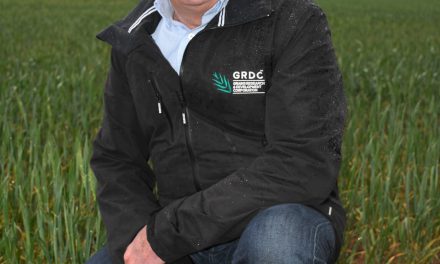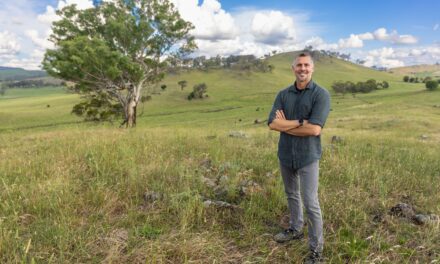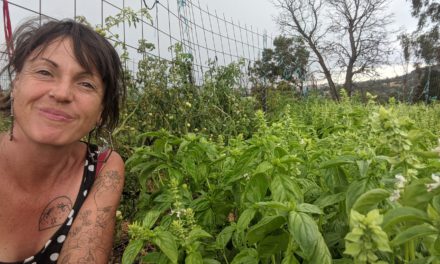National Working Party on Grain Protection (NWPGP) chair Gerard McMullen is reminding canola growers to adhere to label application directions on herbicides containing haloxyfop as part of an industry-wide effort to avoid unacceptable chemical residues.
For herbicides containing haloxyfop as the active ingredient, label directions stipulate they must not be applied to canola and other specified oilseed crops:
- After the eight-leaf growth stage; or
- After the stem elongation growth stage has commenced (this may occur before the eight-leaf growth stage, so determine the crop growth stage before application); or
Under or between windrows (this is not a registered label use and could result in chemical residues).
Of the haloxyfop herbicide products available in Australia, Verdict™ 520, Asset™ and Inquest® herbicides are examples of those commonly used by canola growers.
Highlighting the importance of complying with label directions, Mr McMullen says residue testing by the National Residue Survey has detected haloxyfop residues above the Australian maximum residue limit (MRL) in canola traded domestically, which is of concern.
Also, the European Union (EU) – Australia’s main canola export market – is implementing new, tighter import controls.
Mr McMullen says the EU has indicated it plans to lower its current haloxyfop MRL for canola to 0.05 milligrams per kilogram.
Although still to be finalised, this revision reducing the haloxyfop MRL for canola sold into EU markets is expected to occur before the 2019/20 harvest. The haloxyfop MRL for Australian canola exports to Japan, another major market, remains at 0.1mg/kg.
“Australian grain growers have a very good history of compliance with product label directions and, as an industry, we need to ensure that haloxyfop continues to be used in accordance with label directions,” Mr McMullen says.
“Growers are also encouraged to consider other herbicides containing products with different active ingredients for in-crop control of grass weeds in canola.”
Tackling the trade risks that haloxyfop residues pose to domestic and export canola markets, the Australian grains industry has established a Haloxyfop Working Group, the need for which was flagged at the annual NWPGP Conference in Melbourne in June 2018.
Also chair of the Haloxyfop Working Group, Mr McMullen says the new group has developed a series of steps, supporting previous industry measures, with the aim of further reducing haloxyfop residues in canola.
GRDC crop protection officer – west, Georgia Megirian, reiterated the importance of adhering to label directions when applying herbicides containing haloxyfop.
“Applying haloxyfop to canola after stem elongation will result in chemical residues that exceed maximum residue limits,” Ms Megirian says.
“This, in turn, can lead to the rejection of canola shipments in export markets and create ongoing market access issues.”
“Following label directions is not only a regulatory requirement, it is also important in preserving haloxyfop herbicide chemistry as a cost-effective grass control option for canola growers across the country.”

